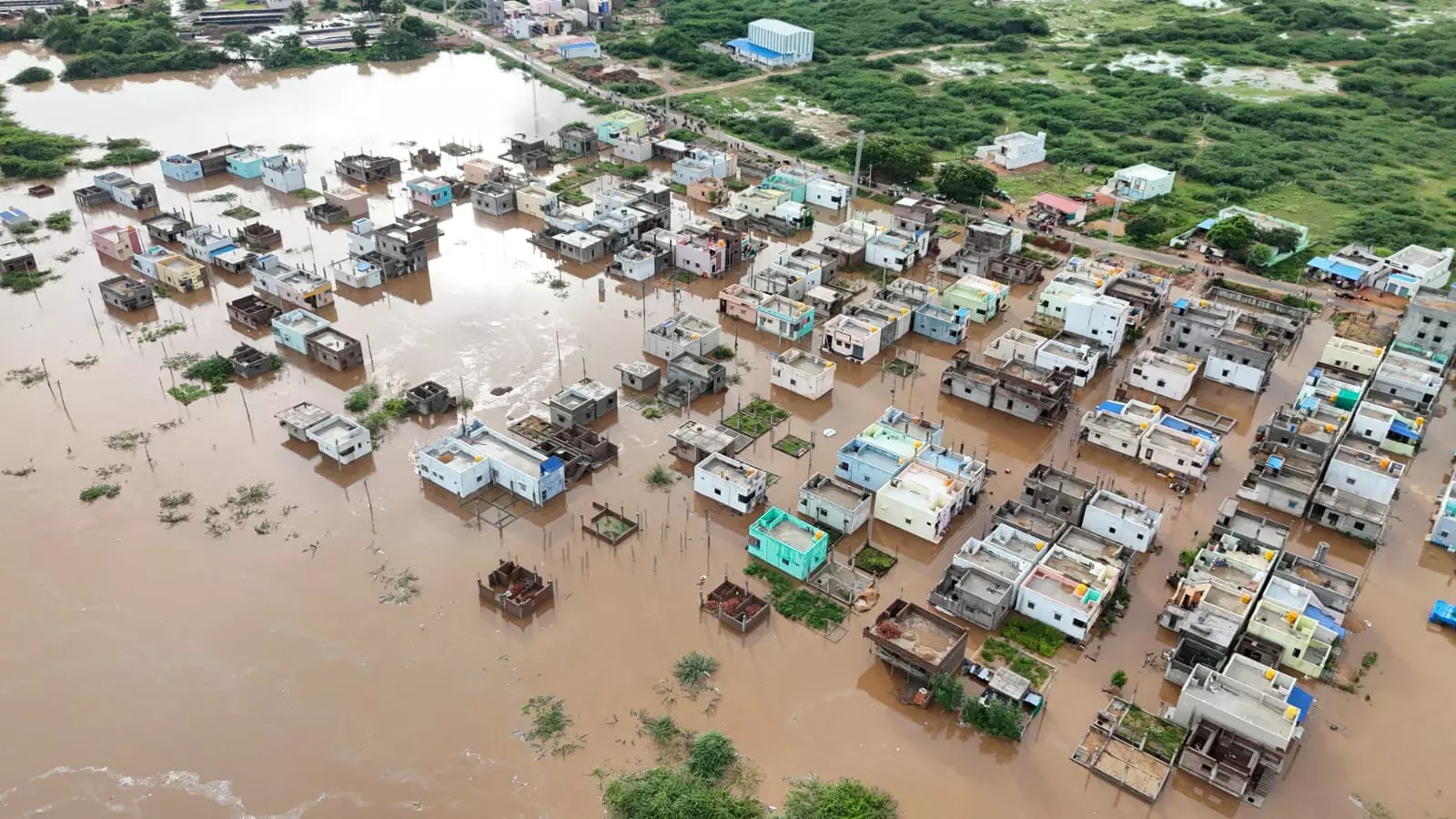Clues to ancient Kosi superflood say it could happen again today
The HinduAt Rajiv Sinha’s laboratory in IIT Kanpur lie soil, sand, and rocks drilled out from across thousands of metres under the Karnali, Ganga, and Kosi rivers. The findings signal that we need to urgently update India’s disaster management strategy to account for what Prof. Sinha calls “cascading hazards”: natural disasters that are triggered by other disasters. An ancient event That’s how they landed at one potential reason the coarse gravel in the Kosi was so far away from the modern gravel-sand transition: an “extreme monsoon event” leading to a flood that occurs every 200-1,000 years. “A major landslide combined with a heavy monsoon can generate hyperconcentrated flows, which can actually move very large particles further downstream,” Prof. Sinha said. ‘Cascading hazards’ Prof. Sinha and his colleagues wrote in their paper that accounting for hyperconcentrated flows in “future disaster risk management strategies remains an important and major challenge”.
History of this topic

Watch: Heavy rain in Haridwar swells dry Sukhi river, vehicles swept away
Hindustan Times
Flash floods in Amarnath caves due to an ‘extreme event’
The Hindu)
Uttarakhand Floods: How Glaciers Burst and Send Floods Downstream
News 18Discover Related









































